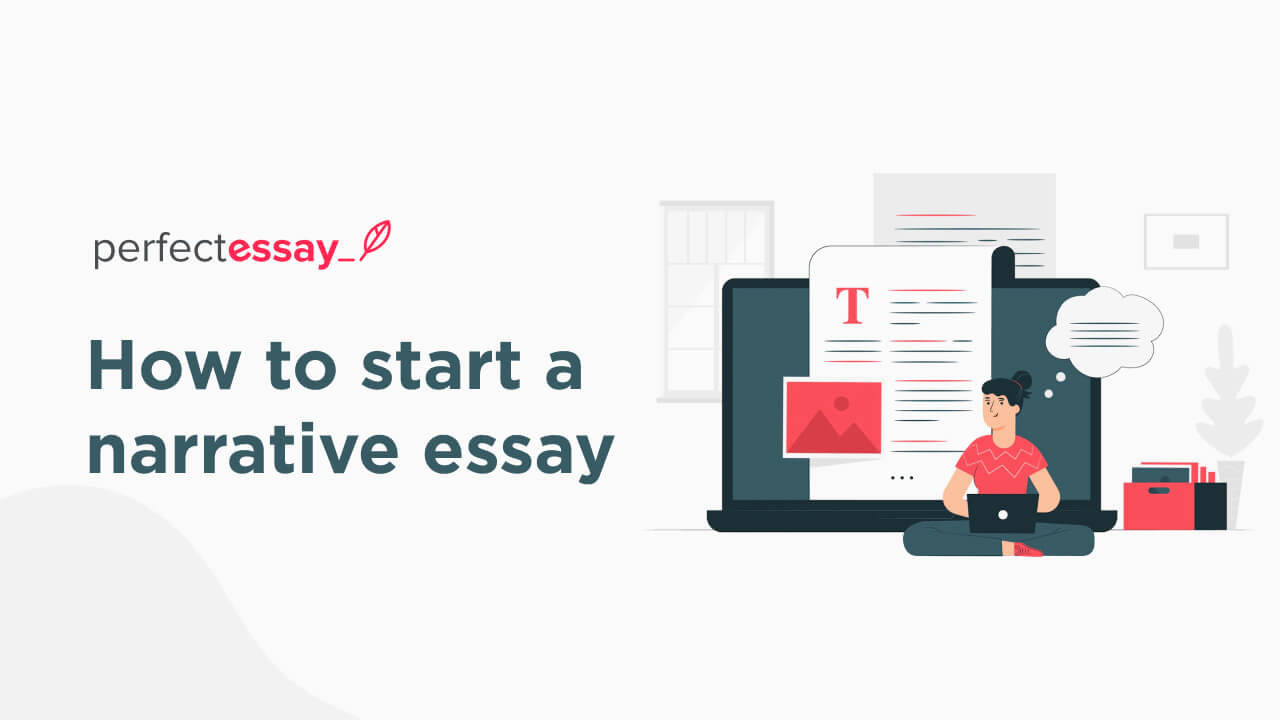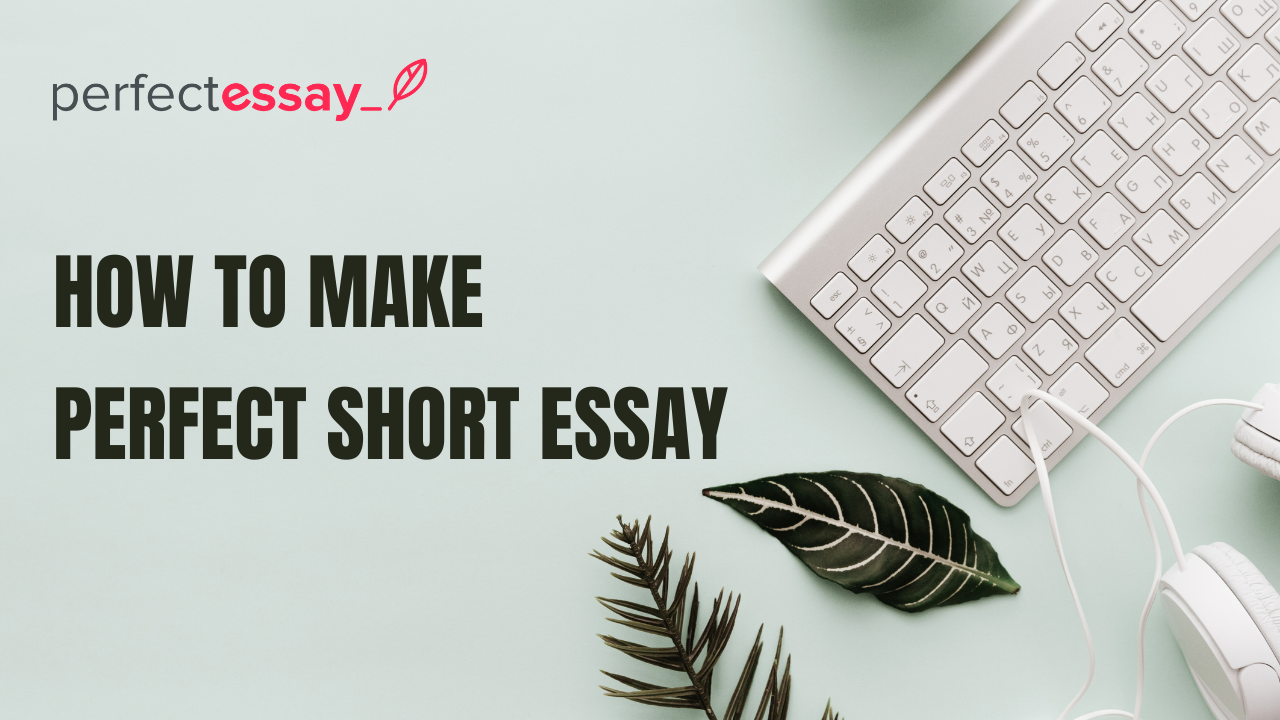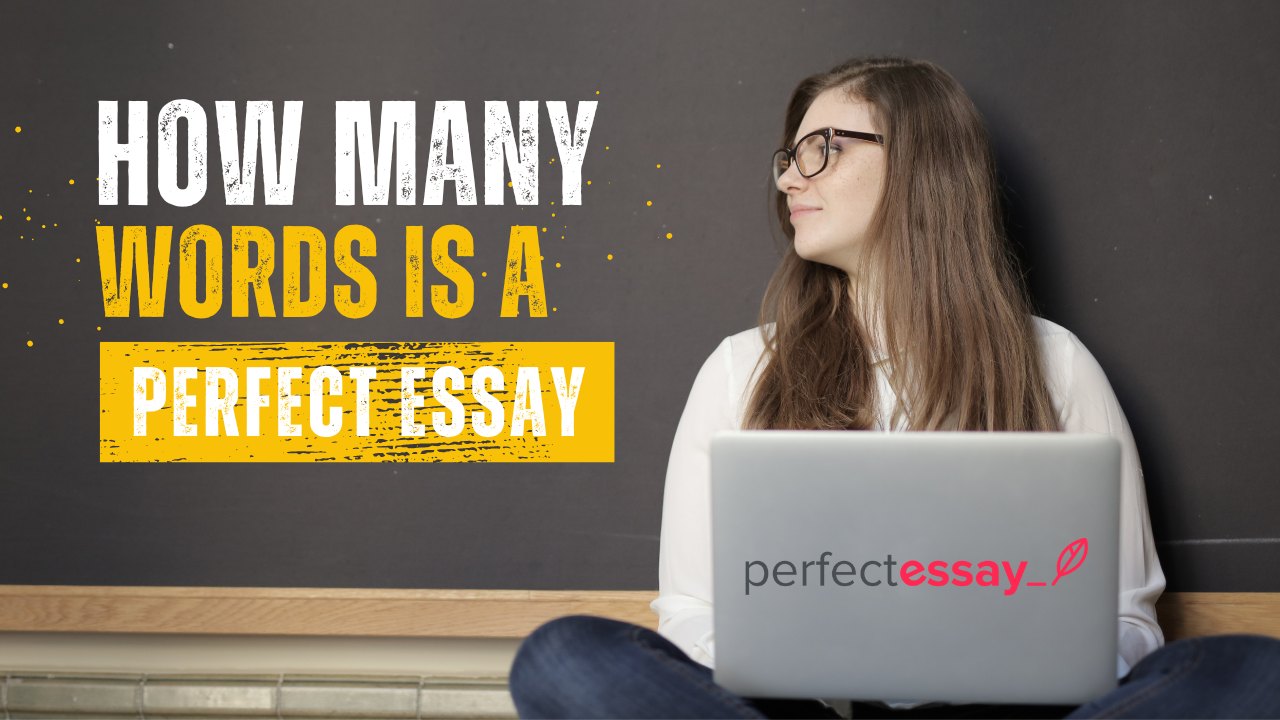Table of Contents
Narrative Essay 101
Instead of following the guidelines to the letter, there is a loose criterion for narrative essays. Students can experiment and come up with new and novel ways to provide a captivating and sound reading in terms of literary currency.
There are many types and forms of writing, depending on the writers and what is required of them. Most academic writing follows strict guidelines and structure and students are judged based on their adherence to those rules. Narrative essays offer somewhat a liberal path.
Essentials of A Narrative Essay
Although writers enjoy discretion in terms of form and content for a narrative essay, it still has a distinct and somewhat rigid structure. The essentials for this form of writing are as follows:
- A thesis statement
- An opening
- The body
- A conclusion
The introduction and thesis statement allows the students to set the stage and foreshadow the events and characters that will come later in the body. In the end, the conclusion ties the whole narrative together by drawing lessons and fine points from the body.
Getting Started
Getting started can be different. In terms of getting the story right, you need to start from an anecdote, an incident that inspired or moved your course of life. For the desired effect, you need to get the reader hooked right from the beginning.
Great narrative essays use the element of surprise or reverse analogy to make a fine point. Many writers rely on maxims, or their altered version to describe their reality.
On the other hand, getting started could mean researching and brainstorming ideas before putting them to better use.

Getting The Topic Right
Necessities For Topic Selection
There is no rocket science to choosing topics for your narrative essays. Here are some factors you should mind before starting the writing:
- Narratives tell stories so the topic should allow that
- Stories should be relatable and exciting for the readers
- Experimenting is the key to getting the topic right
- Planning can be a time and effort saver
Brainstorming Sessions
Brainstorming is a millennia-old technique that writers use to improve their narrative writing or any other kind. It provides deep introspection of all the elements of the essay at play to make sure that the end product justifies its existence.
Even though the term is self-explanatory, many get it wrong.
- Before writing and starting a research, it is best to set a goal that must be achieved
- Jotting down all narrative ideas allows a better look at all of them
- What interests you the most will interest the readers
- Set theme and character of the overall story
- Draw a literary map, from the introduction to the conclusion
Narrowing Down The Title
Just like the introduction, the title should play the role of a hook. It should have the foreshadowing element without revealing much. This way, readers will ask for more which will be a testament to the quality and grappling nature of the title.
Here are the traits of a good title:
- Catchy
- Believable
- Vigorous
- Moving
- Short
From Planning To Writing
Honing The Essay Statement
The essay statement is the central point of the essay around which the content of the essay will pivot. Before getting started, it is necessary to nail the essay statement. Generally, the statement has the topic and the writer’s idea of how to define it in a new personal light.
In most cases, the thesis statement or essay statement appears at the end of the introduction of the essay, even the last sentence. This way, the writer lets the readers know what to expect in the succeeding paragraphs and sections.
Outlining – Foreshadowing & Structure
Outlining the essay is stressed by everyone, and for all the right reasons. The primary purpose of outlining is to provide a rigid structure to still abstract thoughts. It will show the writer and later the reader;
- The order of the appearance of the paragraph
- What each paragraph will cover
- How the central idea of the narrative will go throughout the structure
Pulling The Right Strings
After going through the lengthy outlining, brainstorming, and research session, it is time to put the meat and bones to the structure with the actual writing. First, the overall content should conform to the outline and theme of the essay set beforehand.
Second, if the experiments lead to better alternatives, then the outlines and other things should be altered accordingly.
Backed Proofs & Evidence
Simply writing a narrative is not enough. To make it believable for readers and even your professor, it should be backed with solid proof and evidence. It can be tricky for novice writers to how they can provide proof in a personal narrative, but it can be done.
Students can go through narrative essay examples to learn more about these.
Providing Complementary Examples
Many people find it hard to follow the events if they are not provided with a relatable example in every other section. This is true for the narrative essay as examples not only offer more clarity and understanding to readers, it also shows the ability of the writer to draw parallels between different situations and scenarios.
Starting A Narrative Essay
This could be the most difficult part of the easiest part of the essay, depending on the topic, the outline, and the overall understanding of the writer of what is narrative writing.
The best way to start is to offer a palatable anecdote or a story. This prepares the readers and even makes them actively participate and become invested in the story. By reading the opening, they will start weaving comparisons and parallels for the story. That also helps if you want to surprise or shock the reader by flipping the script.
For instance, after providing the anecdote, you can make the case that the narrative will be opposite to its spirit. From word choice to puns and other techniques of writing, make sure that the starting has the power of the bang that draws readers in and keeps them interested throughout the body.
Giving Purpose To Your Narrative
Hitting The Necessary “Whys”
Writing without purpose is useless. That’s why every narrative should have a visible purpose. For your essay, the apparent purpose is to tell a personal story based on an experience. It can be a loss, a tragedy, a blessing in disguise, and what have you.
But for the readers, you need to show why the story is important and why you need to tell it the way you are telling it. Much of this is subtle and fine but it should be potent so that it cannot be missed by the readers.
Many writers make the mistake of criticizing things or ideas they oppose or providing overwhelming evidence for the things they deem right. Since it is now an argumentative essay, writers do not need to persuade anyone.
The Benefit For The Reader
The purpose of the narrative essay is to share the experience with the readers without making it too much personal. In terms of writing, the narrative should be moving as if it is tragic and revolves around loss, then the readers should feel the pain and even recall their loss. In the same way, the funny elements should put a smile on the face of the readers.
Without clear end goals and a central theme to follow, a narrative is lost to the readers and serves no purpose at all.
Explaining The Central Idea
To define the purpose of writing, a thesis statement comes in handy. Since it is the brief input for the thought and side of the writer. In the beginning, the central idea or the thesis statement only gets a mentioning. Throughout the body of the essay, the central idea gets a subtle explanation.
Writers rely on great word choice, a series of events, and even examples and more anecdotes to further prove their position and make it clear to the reader what and why of the essay.
Starting A Narrative Essay
This could be the most difficult part or the easiest part of the essay, depending on the topic, the outline, and the overall understanding of the writer of what is narrative writing.
The best way to start is to offer a palatable anecdote or a story. This prepares the readers and even makes them actively participate and become invested in the story. By reading the opening, they will start weaving comparisons and parallels for the story. That also helps if you want to surprise or shock the reader by flipping the script.
For instance, after providing the anecdote, you can make the case that the narrative will be opposite to its spirit. From word choice to puns and other techniques of writing, make sure that the starting has the power of the bang that draws readers in and keeps them interested throughout the body.
Hitting The Necessary “Whys”
Writing without purpose is useless. That’s why every narrative should have a visible purpose. For your essay, the apparent purpose is to tell a personal story based on an experience. It can be a loss, a tragedy, a blessing in disguise, and what have you.
But for the readers, you need to show why the story is important and why you need to tell it the way you are telling it. Much of this is subtle and fine but it should be potent so that it cannot be missed by the readers.
Many writers make the mistake of criticizing things or ideas they oppose or providing overwhelming evidence for the things they deem right. Since it is now an argumentative essay, writers do not need to persuade anyone.
The Benefit For The Reader
The purpose of the narrative essay is to share the experience with the readers without making it too much personal. In terms of writing, the narrative should be moving as if it is tragic and revolves around loss, then the readers should feel the pain and even recall their loss. In the same way, the funny elements should put a smile on the face of the readers.
Without clear end goals and a central theme to follow, a narrative is lost to the readers and serves no purpose at all.
Explaining The Central Idea
To define the purpose of writing, a thesis statement comes in handy. Since it is the brief input for the thought and side of the writer. In the beginning, the central idea or the thesis statement only gets a mentioning. Throughout the body of the essay, the central idea gets a subtle explanation.
Writers rely on great word choice, a series of events, and even examples and more anecdotes to further prove their position and make it clear to the reader what and why of the essay.
FAQs
What is the best way to start the first paragraph of a narrative essay?
The first paragraph of a narrative essay should set the stage and prepare the readers for what is to come next. The first sentence of the opening paragraph should have a hook to entice readers into reading and exploring more. The best way to do so is to rely on actionable words and scenarios with elements of thrill and drama. Also, the opening paragraph should set the theme and pace for the rest of the essay. The ideal way of moving forward is to explain the starting line or the bang by providing more information. If your narrative is going to have an element of surprise down the road, there is no need to spill all the beans there.
What is a good introduction for a narrative?
A good introduction for a narrative essay is as much an art as it is a science. How can a writer know that the introduction is good? There are many ways to gauge greatness:
- It should have a hook or catchy element to get the attention of the reader
- It should set the stage for the upcoming events in the narrative
- The thesis statement should be concise and clear with no room for ambiguity
- The purpose of the story and the theme should be set in the introductory paragraph(s)
How do you start a narrative essay with a question?
Starting a narrative essay with a question is a great way to kick-start the writing. It offers a short but compelling and moving way for the writer to get readers thinking and invested in the story. If the nature of the writing is reflective, then a question, in the beginning, can be effective.
Still, many writers fall into the trap of overdoing it or simply composing a question that is not strong enough to be thought-provoking. Like the overshadowing, the question can show the readers what they should expect in the upcoming paragraphs.
How long is a narrative essay?
There is no set length for a narrative essay and mostly depends on the guidelines and requirements of schools and colleges. In most cases, the guidelines ask for five pages which roughly becomes under 1500 words. The construction of the story requires space so even in the most rigid and limited word count scenario, the length of a narrative essay cannot get short of at least 1000 words.
Is a narrative essay written in the first person?
Most academic writings detach writers from their creation. This is not the case in narrative essay writing. In the majority of cases, it is ideal for students to explore the essay through a first-person narrative. It is because their story is based on their personal experiences and events that led to a lesson or observation.
Also, the personal first-person narrative is more suitable for this form of writing when compared to objective third-person narratives mostly used in the academic world.
What makes a good narrative essay?
Writing is subjective so there is no way writers can be sure that what they have written amounts to anything. Still, there are set criteria in many cases which also apply to check the quality of a narrative essay.
- Clarity of purpose and action
- Bold actionable words instead of descriptions for every movement
- The second person’s narrative can hurt the story
- Use of interesting and vivid language
- Limited use of references in the text because they can be disruptive
Conclusions
Hopefully, after reading this guide, students will be able to understand the structure of a narrative essay as well as how to start one. As writing is based on personal experience, it should have depth and meaning for the readers. The structure should be well-defined and offer value to readers.
The importance of opening any writing form can be downplayed. It works as a hook for readers to become invested in the narrative and draw parallels on their own. That’s why many authors even use this technique in literary pieces.




